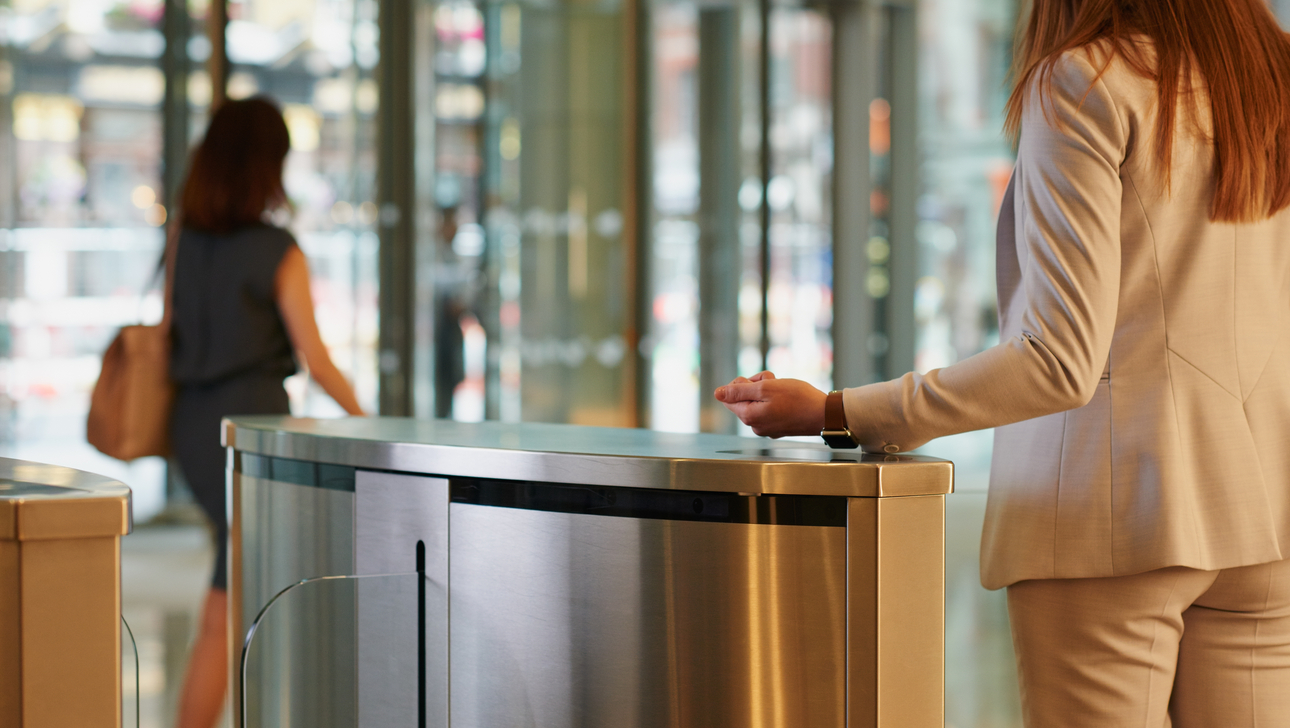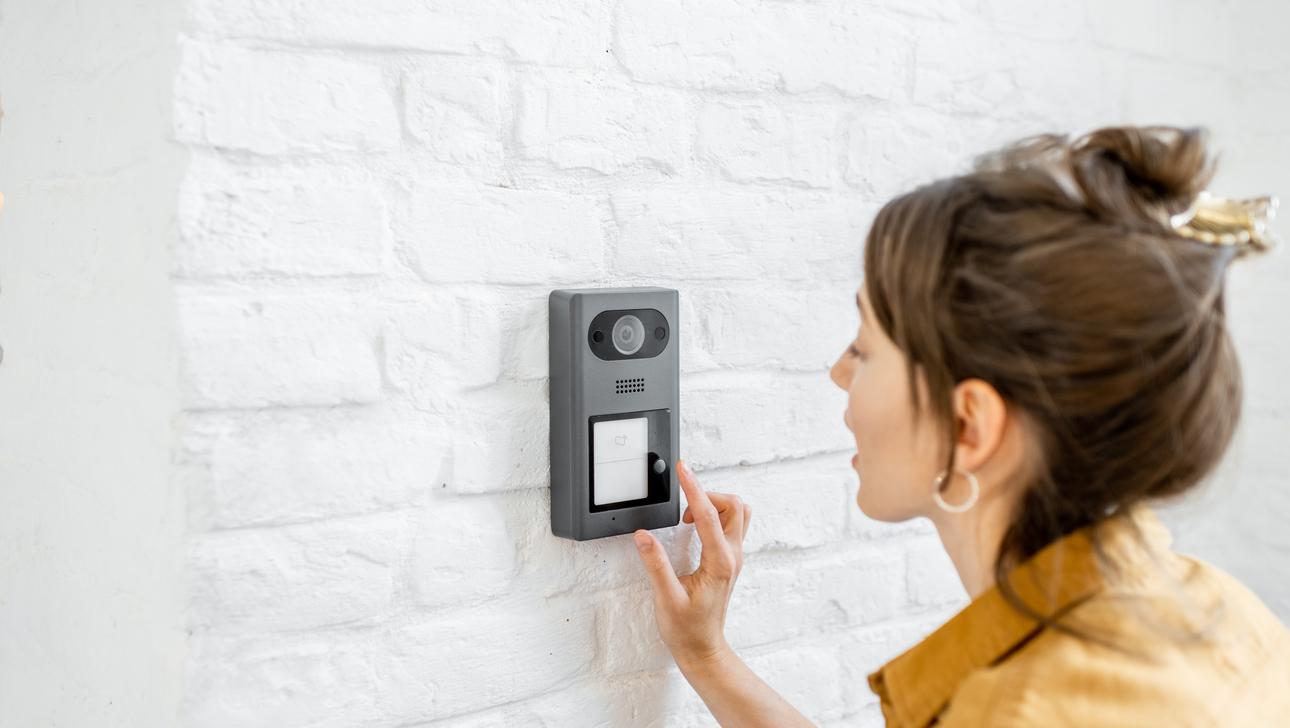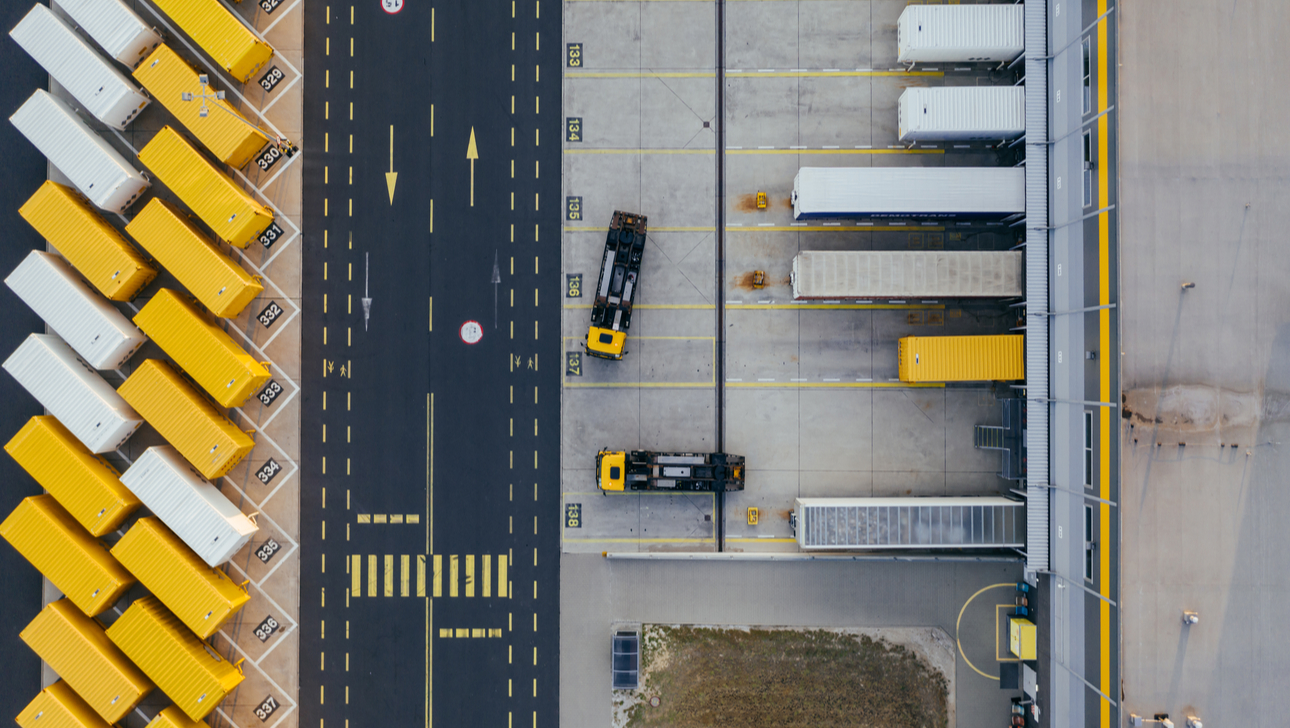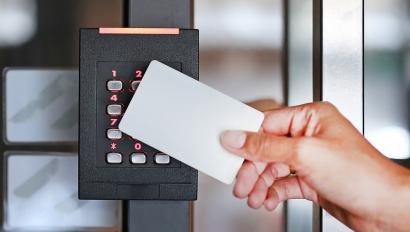Remote Access Control: What are the Benefits of Connecting Your Access to the Cloud?

What does it mean to remote control access?
Remote access control enables organizations and building managers to outsource responsibilities for managing key entry points on their site to professional security operators in a remote monitoring centre.
In this article, we’ll explain how remote access control works, where it could fit into your long-term strategy for optimising your business security and operations, and how your organization could benefit.
We’ll cover:
- What is remote access control and how does it work?
- What are the key benefits of remote access control?
- Where could remote access control fit into your long-term strategy?


What is remote access control and how does it work?
Access control systems have been utilized for decades, you could even argue that the old-fashioned lock and key was the first ever iteration. At its most basic, building access control simply means selectively restricting access to your building, a specific space, or an entire site. But modern access control systems are in fact highly advanced, spanning hardware, software, and services.
New hardware has emerged such as biometric readers and smartphone credentials for electronic locks. Software as a Service (SaaS) solutions have also enabled organisations and facility managers to move access control management into the cloud, so their systems can be managed for multiple sites from a single location or moved completely off-site altogether.
Remote access control refers to a service or a combination of services that utilise modern security technology. An on-site system is connected to a professional security monitoring centre (also known as an alarm response centre (ARC)) whereby it can be monitored and managed by remote security operators.
A simple example of remote access control in use could be for a main entrance to an apartment block or commercial office that must remain secure but isn’t always occupied by physical staff.
Residents or employees could gain access via a key fob, an eye scan, or smartphone credentials (as mentioned above) – this is how a standard access control system works. But what if a visitor needed access, to deliver a package for example? With remote access control, when they press a buzzer, the signal could be sent to a remote security provider who would be able to visually verify them and grant them access.
One could argue that this makes better sense than simply having a ‘Delivery’ button which anybody could use to unlock the door, not to mention it is a more secure option.
What are the requirements for remote access control systems?
Remote access control primarily relies on two important things, the right access control equipment, and a secure connection to a remote monitoring centre. Modern systems are likely to include wireless connectivity as standard, so should be capable of connecting for remote access control services. However, this may be something to bear in mind if you’re thinking about connecting a system that is more than five years old.
You will also need CCTV & Video Surveillance with CCTV Monitoring in place so that remote operators may verify whoever is trying to gain access into your building.
To that end, it is important for you to speak to a security expert about your options when planning to implement this service in your business, building, or industrial facility.
What are the benefits of remote access control?
There can be many applications of this service, which will most likely depend on your industry and the operational demands of your organisation. Two of the major benefits of remote access control are the flexibility and scalability that it offers to business owners.
Some businesses have had to expand their operations, especially those involved in manufacturing and logistics, as stockpiling inventory has become necessary to negate issues in the supply chain. Cloud-based access control systems combined with remote access control as a service can help them scale their security ecosystems to larger sites or additional locations more easily and efficiently.
On the flip side, many businesses needed to adapt to lower occupancy levels in their offices in line with a more flexible approach to working – fully-remote and hybrid working have since become long-term strategies for many. Again, cloud-based access combined with remote access control provides a solution to negate the loss of having physical guards and reception staff on site.
It is also important to remember that your business could benefit from 24/7 coverage as part of your remote access control service – at Securitas Technology, we have centers that operate 24-hours per day, 365 days per year.
This could be a vital resource for your organization if the site needs to operate around the clock – like so many companies now do. You could even think of our security operators as an extension of your own team.
What are the key challenges around access control in your business or site, and how do you think they could be helped with the support of a professional remote security team? We’ll look at how you can include remote access control into your long-term strategy for enhanced business security and operations next.

Where could remote access fit into your long-term strategy for enhanced business security and operations?
When you consider the macro events of the past few years and combine them with modern technological advances, you might say there has never been a better time to reconsider your access control – especially if you already know that your existing access control system is due for an upgrade.
It is important to consider access control as one piece of the puzzle, and as a part of your wider ecosystem for business security. Access control technologies are much smarter now so they can be more easily implemented, and importantly, integrated, which is a key consideration for almost half (46%) of business leaders in the next 18 months.
CCTV & Video Surveillance and cloud-based access control can be integrated with remote monitoring as mentioned above. But your intruder alarm systems should also be included in any strategic conversations, along with alarm monitoring services. That way, your organization could benefit from 360° visibility of its security, 24/7 coverage, and more efficient operations.
Don’t worry if you’re not sure where to start with your business security & remote access control services, we're here to help guide you along the way.























